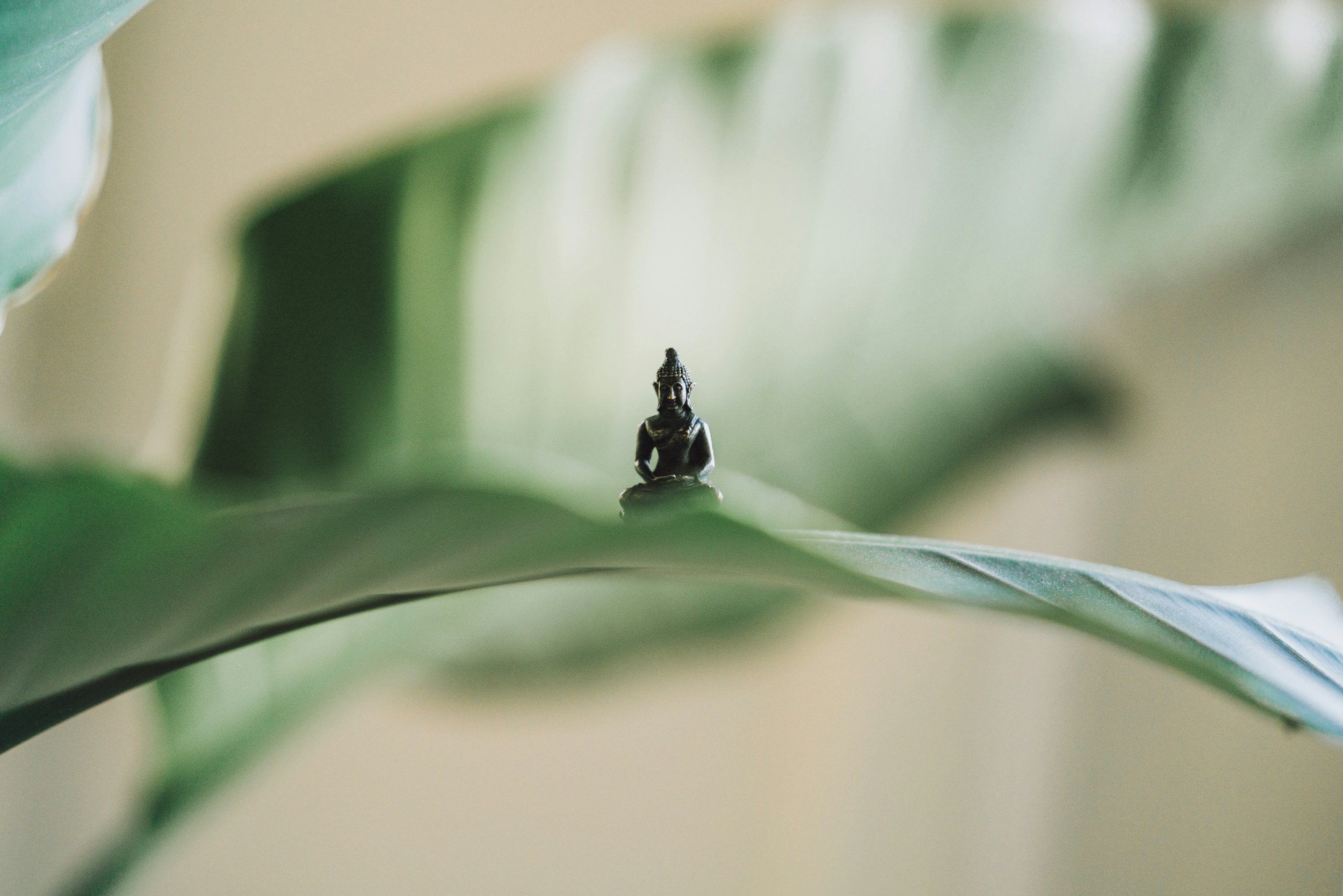
Meditation Techniques – How to Meditate for Inner Peace
Discover powerful meditation techniques that teach you how to meditate effectively for lasting inner peace. Learn about deep meditation practices that enhance mindfulness and promote spiritual growth. These techniques help you connect with your inner self and achieve mental clarity, reducing stress and increasing overall well-being.
By incorporating these meditation techniques into your routine, you can reduce stress and improve your well-being. Understand how to meditate deeply to achieve clarity and tranquility. Begin your journey toward a more mindful life with deep meditation today and experience profound inner peace.

Step-by-Step Guidance
Focus on Your Breath
Begin with deep, steady breathing. Inhale through your nose for four counts, hold for four, and exhale through your mouth for four. This rhythmic breathing calms your mind and anchors your focus.
Mantra Repetition
Choose a word or phrase, such as “peace” or “I am calm.” Repeat it silently or aloud to help you focus your mind more effectively and to eliminate distracting thoughts.
Guided Visualization
Picture a peaceful place, such as a serene forest or beach. Imagine the sounds, smells, and sensations of this space, immersing yourself fully in the experience.
Set a Calm Environment
Choose a quiet, comfortable space free of distractions. Use soft lighting, soothing scents, or calming music to create an environment that encourages relaxation.
Mindfulness Meditation
Focus on the present moment by observing your thoughts, emotions, and physical sensations without judgment. Let them come and go like passing clouds.
Body Scan Technique
Direct your attention to different parts of your body, starting at your feet and moving upward. Notice any tension and consciously release it as you focus on each area.

Benefits & Results

Common Challenges
-
Restlessness or Distractions
The Challenge: It’s difficult to quiet your mind, especially as a beginner, leading to frustration.
The Solution: Start with short sessions (5–10 minutes) and use guided meditations. Gradually increase duration as focus improves and you feel more comfortable.
-
Difficulty Staying Consistent
The Challenge: Maintaining a regular practice can be hard with a busy schedule.
The Solution: Set a specific time daily, even if it’s just a few minutes. Create a habit by associating meditation with a routine, like after waking up or before bed.
-
Expectations of Immediate Results
The Challenge: Some expect profound effects right away and feel discouraged when they don’t occur.
The Solution: Focus on the process rather than the outcome. Meditation’s benefits grow with consistency over time, even if progress feels slow at first.

Why It Works

Success Stories
— Laura G., Project Manager
"I used to feel overwhelmed daily, but starting a simple breathing practice helped me calm my mind. Over time, I’ve noticed I’m more focused and less reactive to difficult challenges."
— Mark D., Teacher
"At first, it was hard to sit still, but practicing mindfulness meditation helped me feel more present. Now, I approach my emotions with understanding instead of judgment, and it’s transformed my relationships."
— Sarah P., Freelance Writer
"I struggled with insomnia for years, but incorporating a nightly meditation routine helped me fall asleep faster. It’s also improved my productivity at work since I can focus for longer periods."





